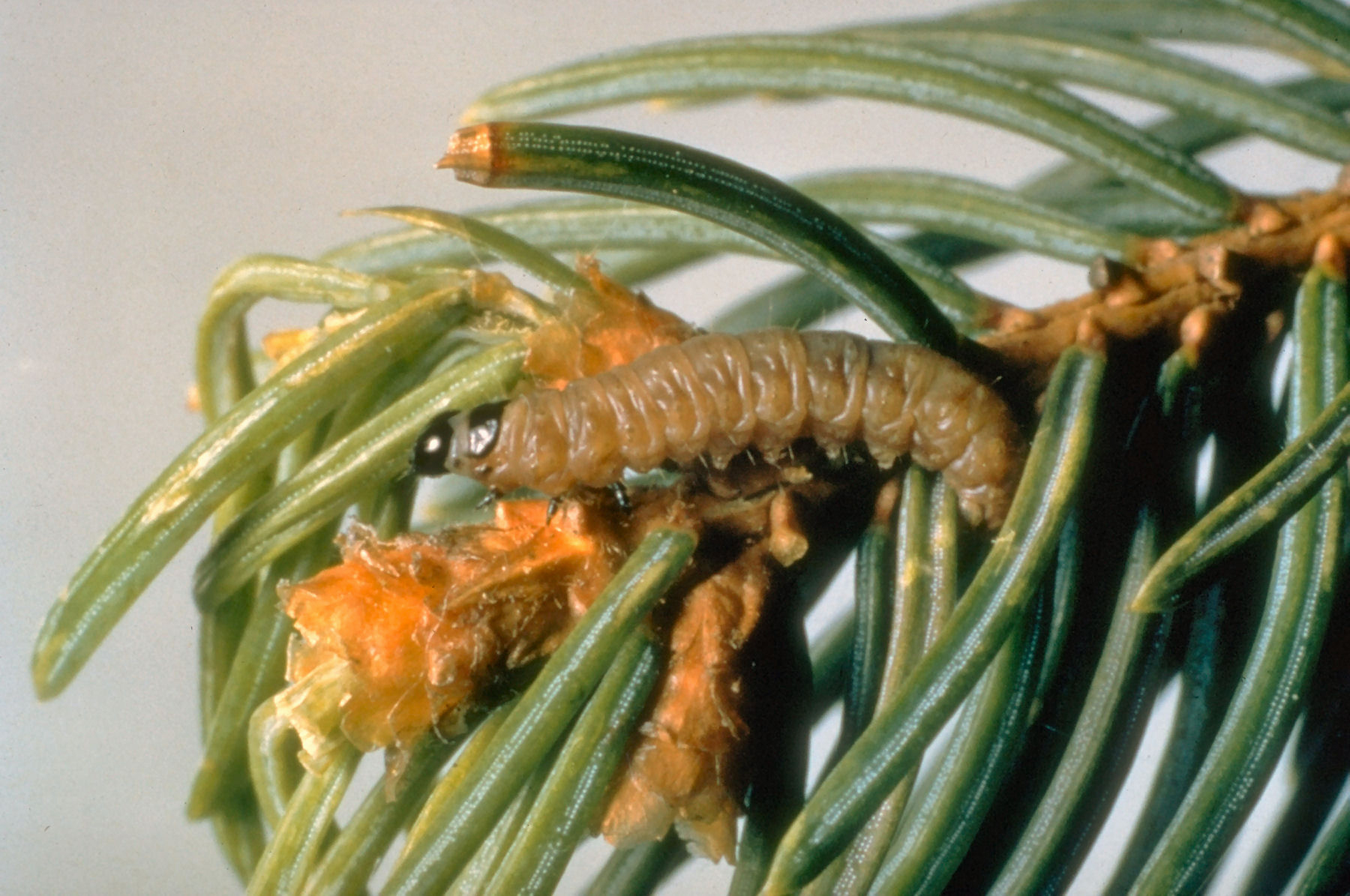Over the past 25 years, Carleton professor David Miller has worked to discover a type of fungus, also known as an endophyte, that provides an environmentally friendly solution for a major pest in Canada’s forestry industry.
Miller discovered a fungus that occurs naturally in the needles of coniferous trees, and is toxic to the eastern spruce budworm, an insect that is responsible for the destruction of millions of acres of forests across Canada.
His efforts were recognized this past February, when he received the Natural Sciences and Engineering Research Council Synergy Award.
The spruce budworm is an epidemic that threatens the health of Canada’s forests as well as the jobs and economic benefits of the forestry industry, Miller said.
According to Miller, it’s the most significant insect threat to coniferous trees. This is especially significant, he said, given that 10,000 people in just New Brunswick depend on the forestry industry.
“It matters a lot to remember that effects on forestry and agriculture could disproportionately affect a whole community and bring large social consequences,” he said.
This is not a new problem. Miller said there is evidence of the the bug as far back as the most recent ice age, and it has flared up in Canada’s forests throughout history.
The most recent outbreak was in the 1970s, when more than 50 million hectares of land were destroyed. Officials sprayed chemicals from the air, which killed both the worm and the trees they infested.
“Man likes to kill pests dead, so we make a chemical. God makes mixtures,” Miller said.
Miller was in university around the time of the last spruce budworm outbreak.
“I saw devastation,” he said. “I saw tools that people used that we knew were causing environmental problems. I also saw that the decision makers had no other choice.”
Seeing this led him to eventually discover the toxic fungi. In 1997, he wrote to J.D. Irving, a Canadian forestry company, about his research and started a 25-year-long partnership that has led to the discovery of the toxic fungi, reforestation efforts, and the production of seedlings that are more tolerant to the spruce budworm.
He said his research meant decades of looking at fungi in the forest and figuring out how they worked.
“We discovered that there are good [fungi] and bad [fungi],” Miller said.
According to Miller, all trees end up with a fungus, but some don’t produce the toxin that repels the spruce budworm. Miller said that those types are called “cheaters”, and it is his job to displace them.
The science, he said, is powered by people that are also gaining knowledge. The project was made up of a lot of little pieces that created a larger puzzle.
“The truth is, science is a team sport,” Miller said. “I’m the persistent guy that kept at it, but it’s a reflection of an enormous effort over decades. When you want to get something done in the real world, you can’t do it by yourself.”






